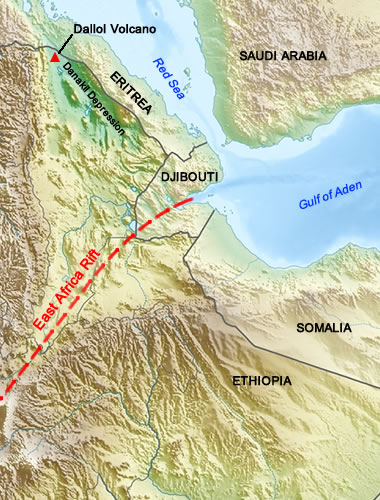900 319 0030
enquiry@shankarias.in
Wasteland Atlas
Danakil Depression

New Rules on Ethanol Production
Acute Respiratory Infections

Global Exhibition on Services
Source: PIB, The Hindu, The Indian Express